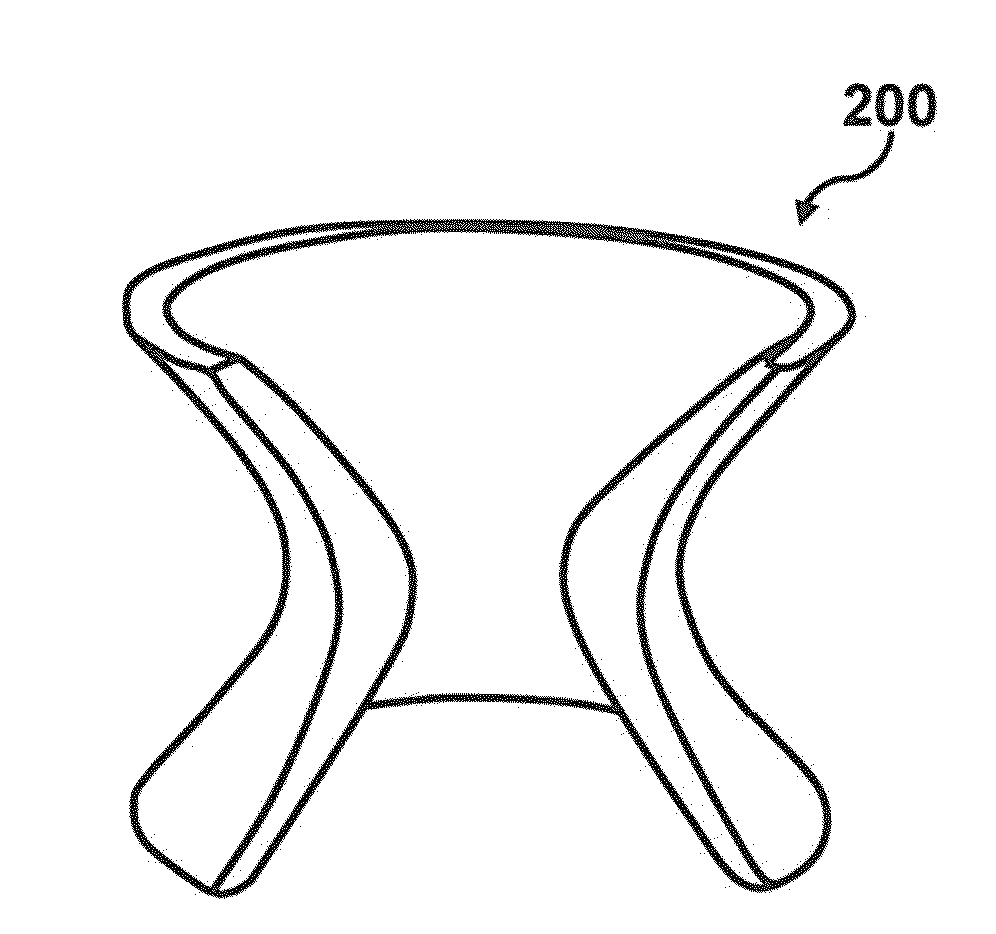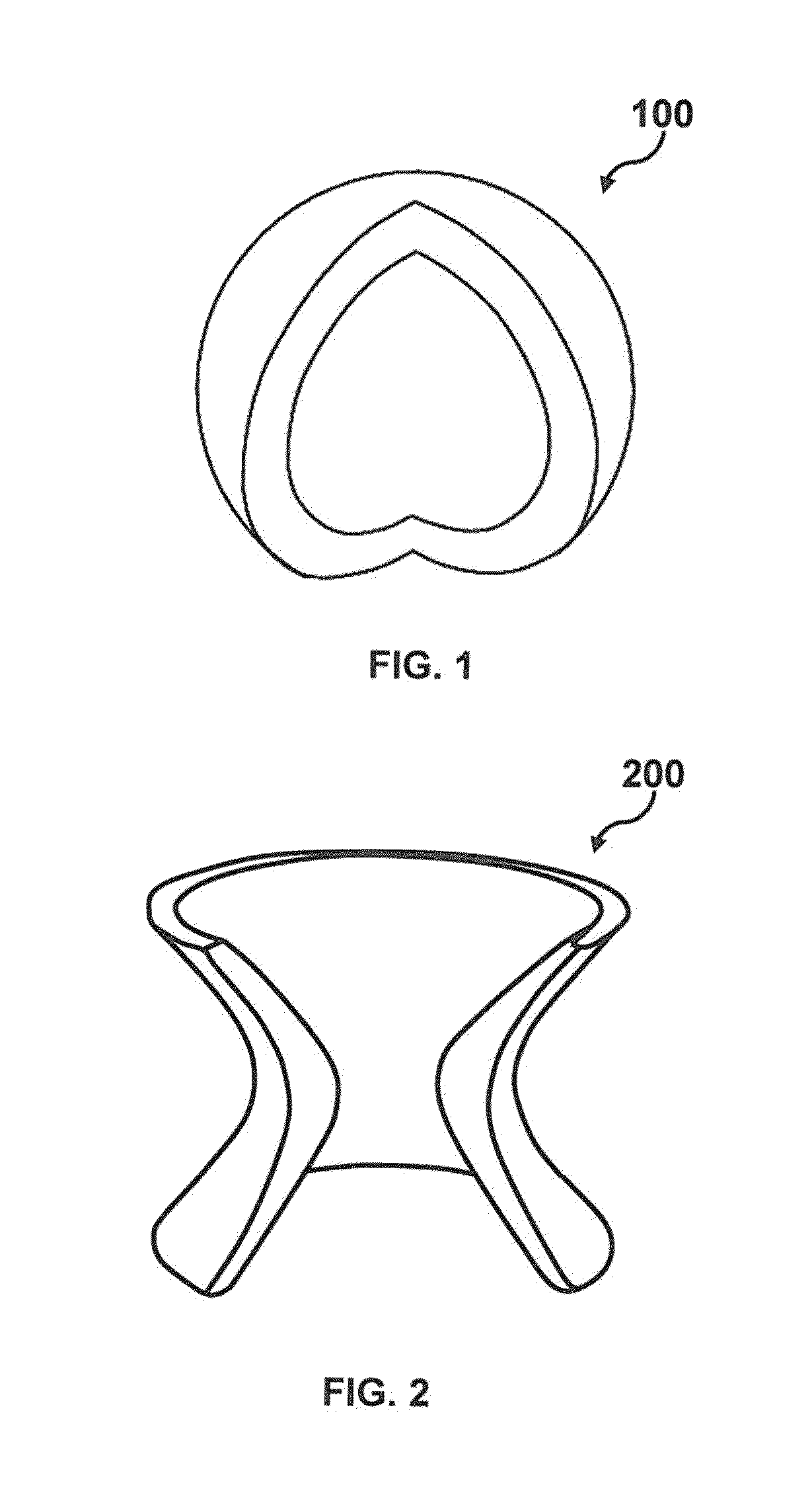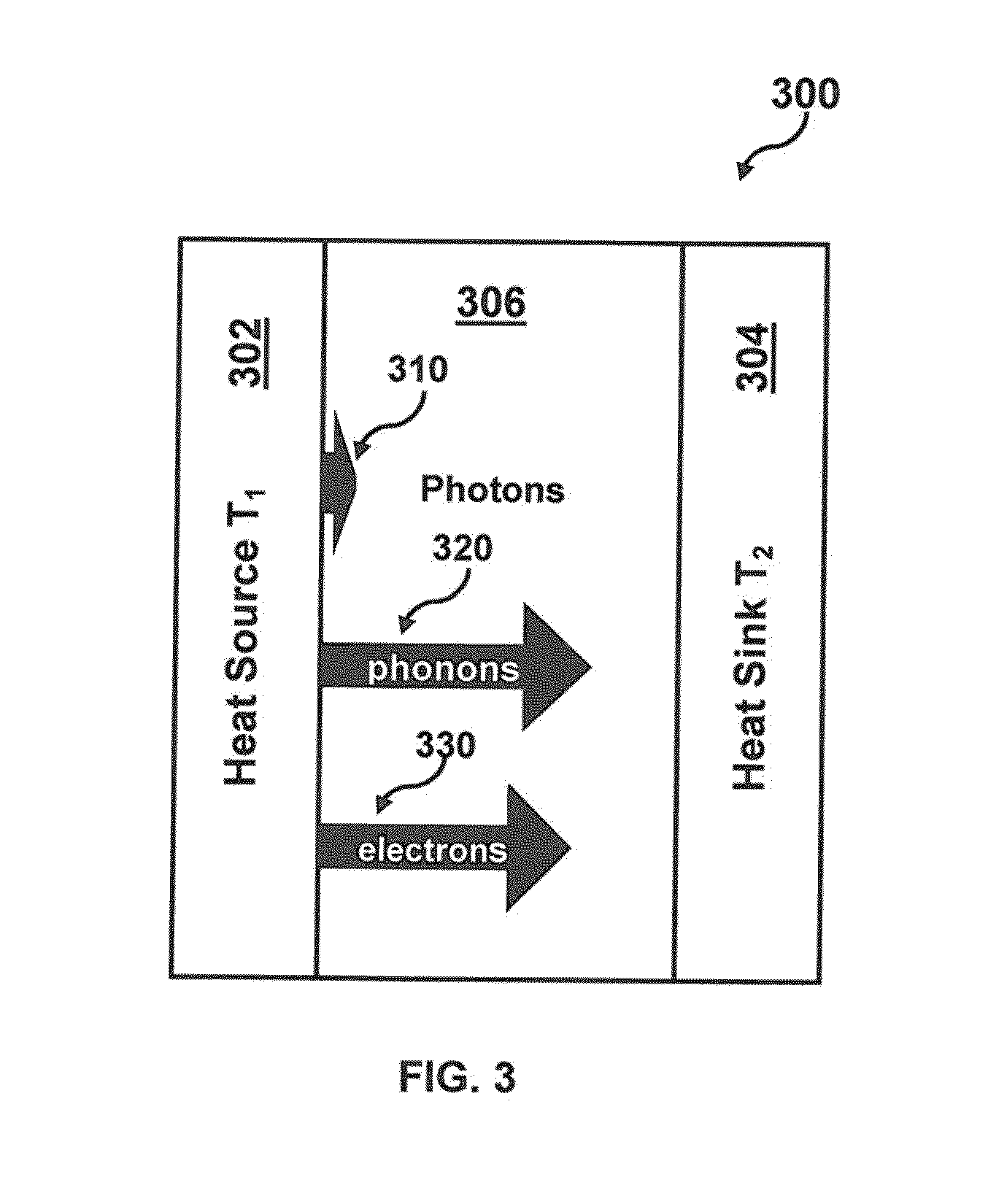Radiative cooling of optoelectronic devices using hyperbolic metamaterials
a technology of hyperbolic metamaterials and optoelectronic devices, applied in semiconductor devices, lighting and heating apparatus, instruments, etc., can solve the problems of limiting the performance of devices in harsh military and civilian applications, large amount of heat has to be dissipated, and the total power consumption of cmos is rapidly increasing, so as to achieve high radiative heat conductance
- Summary
- Abstract
- Description
- Claims
- Application Information
AI Technical Summary
Benefits of technology
Problems solved by technology
Method used
Image
Examples
Embodiment Construction
[0020]The particular values and configurations discussed these non-limiting examples can be varied and are cited merely to illustrate at least one embodiment and are not intended to limit the scope thereof.
[0021]A hyperbolic metamaterial thermal interface layer is positioned below the heat generating optoelectronic layer, which is optimized for high radiative heat conductance into a heat sink. Due to a broad hyperbolic frequency band in the LWIR range, radiative heat dissipation into a hyperbolic metamaterial is many orders of magnitude larger compared to heat dissipation into regular materials.
[0022]Hyperbolic metamaterials exhibit unique electromagnetic properties resulting from the broadband singular behavior of their density of photonic states. This singular behavior is best understood through a visual representation of the density of states in terms of the phase space volume enclosed by two surfaces corresponding to different values of the light frequency. For extraordinary wav...
PUM
 Login to View More
Login to View More Abstract
Description
Claims
Application Information
 Login to View More
Login to View More - R&D
- Intellectual Property
- Life Sciences
- Materials
- Tech Scout
- Unparalleled Data Quality
- Higher Quality Content
- 60% Fewer Hallucinations
Browse by: Latest US Patents, China's latest patents, Technical Efficacy Thesaurus, Application Domain, Technology Topic, Popular Technical Reports.
© 2025 PatSnap. All rights reserved.Legal|Privacy policy|Modern Slavery Act Transparency Statement|Sitemap|About US| Contact US: help@patsnap.com



